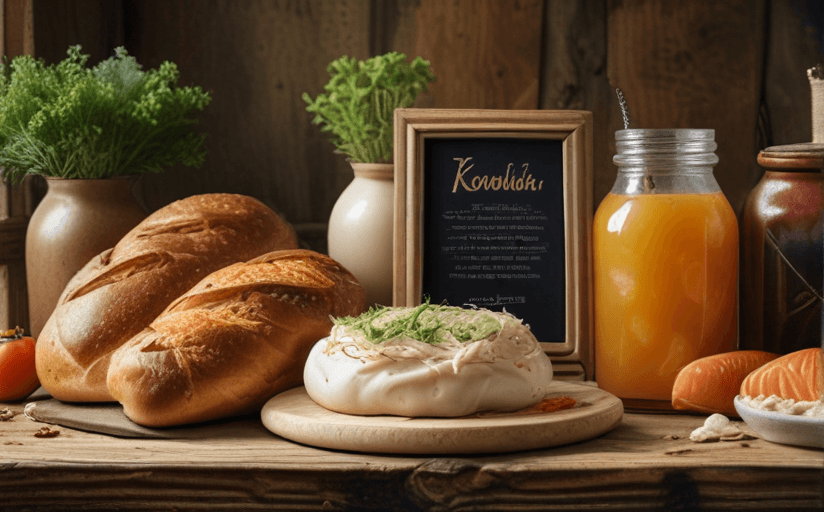Fermentation: A Journey Through Time and Taste
Fermentation is a culinary practice deeply rooted in our history and culture from time immemorial. This article delves into the world of fermentation, illustrating its origins, methods, and relevance across various cultures throughout history. It also highlights the profuse health benefits of consuming fermented foods and validates these facts with recent scientific studies. Additionally, we offer simple and delightful recipes you can whip up in your home kitchen!
A Historical Perspective
Fermentation was most probably discovered by our ancestors around 10,000 BC, with bread and beer being some of the earliest known examples. This age-old practice has diverse applications - from brewing and winemaking to leavening bread, curing fish, and preserving vegetables. Different cultures have unique traditional fermented foods - kimchi in Korea, miso in Japan, sauerkraut in Germany - demonstrating the global popularity of fermentation.
Health Benefits of Fermentation
Recent scientific studies have shed light on the plethora of health benefits of fermented foods. As rich probiotic sources, they can aid digestion, boost immunity, and even support mental health. The International Journal of Food Microbiology has corroborated these benefits, asserting that fermented foods can promote a healthy gut microbiome, hence contributing to improved overall health.
Fermentation Recipes to Try at Home
Experimenting with fermentation at home can be a fun and rewarding endeavor. Here are two simple recipes showcasing the delicious potential of fermented foods.
1. Quick Sauerkraut
Ingredients: 1 medium cabbage, 2 teaspoons salt.
Instructions: Shred the cabbage and mix it with salt in a large bowl. Squeeze the cabbage with your hands until it starts to sweat. Pack it tightly into a clean glass jar, pressing it down until covered by its own juice. Cover the jar and let it ferment at room temperature for about 1-2 weeks.
2. Homemade Yogurt
Ingredients: 1 litre milk, 2 tablespoons plain yogurt.
Instructions: Heat the milk until it barely begins to boil, then cool to just warm. Stir in the yogurt and cover. Let it sit in a warm place for 6-12 hours until set. Refrigerate for a few hours before consuming.
We encourage you to explore the fascinating universe of fermentation and reap the benefits of this ancient culinary art!



















Comments
Leave a Comment